The Mysterious Case of E.A.R. Fowles II
- By Guest blogger
- 13 February, 2015
- 1 Comment
This is the second installment in a two-part series about a more than 75-year-old riddle involving a war-themed mahjong set. It belonged to a mysterious E. A. R. Fowles, who took it on a voyage from Asia to Europe on the brink of war. What exactly happened is the subject of this investigative piece written by Woody Swain, and first carried on the unique website Mahjong Treasures.
The vessel Mr. Fowles booked passage on was 505’ long, built in 1929, and thoroughly air conditioned throughout for her southern route which took two weeks. While not as grand or luxurious as an Atlantic Greyhound, Terukuni Maru could carry 121 First-Class passengers, 68 Second Class with a Japanese crew of 177. I think his trip happened sometime after 1937, which I’ll explain below. Most likely, Fowles’ splendid Chinese Bakelite Mah Jong set remained in his stateroom.
I certainly don’t think it ever made out of his room and into the ship’s more public First Class Salon depicted below.
Why? Because the tiles have Chinese propaganda vilifying his Japanese hosts. Japan marched into Shanghai on July 7, 1937, and took it over. It is highly doubtful a set such as this one could have been made in Mainland China after that date. This is why I think the set must have been manufactured, most probably in Hong Kong in 1938, soon after Japanese hostilities began with China and why I place him on the this ship at about this time.
This item could be considered contraband. It’s subject matter was taboo to the Japanese and certainly to the crew. How did it get onboard through customs? Was Mr. Fowles so important his luggage was never checked? Was he a diplomat? Again we can only guess.
The message on the tiles takes no guesswork, however.
Look closely at this Flower Tile of what can only be a kimono and clog-clad Japanese man running from a house with a bomb aiming right at him.
Other Flower tiles are equally anti-Japanese:
The tiles depict Chinese troops defending their country. The top row reads: “Aviation to save the country.” This expression was also used on War Bonds in 1941 to help the war effort against the Japanese. The bottom row calls for “a move of the troops to save territory.”
The top row shows a portable canon launching artillery and an aerial bomber over a mountain range. The photo at the top is a close-up of that tile.
The phoenix and dragon are also beautiful and an interesting addition to the set. Remember the Emperor was associated with the Dragon, seen in the One Dot, and the Empress with the phoenix, seen as the One Bam. Interesting—since the monarchy had been gone for years, but perhaps a subtle reminder of old days?
Certainly this set was important to Mr. Fowles; his name was embossed in gold leaf on the back of the set’s leather case.
Maybe this Mah Jong set expressed his personal hopes for a free and independent China. If this is the Mr. Fowles we think it might have been, he’d lived there and raised a family for 13 years and most likely was devastated as to what was happening to his adopted city. I’d like to think that perhaps Fowles played the game in his stateroom with his family or like-minded refugees from Shanghai shouting “Mah Jong” while their room steward, a Japanese spy, listened with an ear to the door totally clueless as to what was really being thought, and what tiles were being played with.
Again, this is all vivid conjecture—we just don’t know.
We have no record of a E.A.R. Fowles debarking in London, or whatever happened to him and his family, or if he ever returned to China. We do know no Fowles were on Terukuni’s May 1939 voyage as this name doesn’t appear on that passenger list. And, unless any of you have any further information on Mr. Fowles, our story ends there.
Or does it?
Remember I said that Fowles had to have left Shanghai before Terukuni Maru’s fall sailing on September 29 1939. That was to be her final voyage; for it was 62 days later on Nov 21at 12:39 am, following inspection by Royal Navy Minesweepers off the coast of England (remember, in 1939 she was still considered neutral), she hit a floating magnetic mine, and blew up. Terukuni Maru rolled over, twin screws in the air and was gone within 45 minutes.
There was not a single life lost among the 28 passengers or 177 crew, which my friend and ocean liner expert John Maxtone-Graham told me was “quite remarkable.” Four of the eight lifeboats could not be launched as she heeled onto her starboard side. Her sinking has been described as Japan’s only World War II casualty outside East Asia before the 1941 attack on Pearl Harbor.
I don’t think Fowles was aboard her final voyage. His surviving Mah Jong case proves it. He had 45 minutes to get off the ship. Would he go back for his beloved Mah Jong game and take it into the lifeboat? I don’t think so, for two reasons: First, the liner sank too quickly — although one passenger described a steward having the time to run quickly back to a rapidly-filling cabin to get her life vest. Second, and more importantly, if he was traveling with his family, he would first want to make sure his daughters, wife and son were put into the lifeboats. That would be his priority. While there was no panic and the Japanese crew reportedly behaved in the best traditions of the sea, certainly the scene on the boat decks was one of grave urgency. At any rate, we have currently have no record of who the survivors were and Fowles doesn’t appear in any photos or newsreels of the disaster.
On the other hand, if the set was as dear to him as I think it was, maybe he did grab it. After all, it’s not large — only 9” x 14” and could easily fit onto his lap.
The wonders of the internet may reveal the final chapter about the real Mah Jong Treasure of a certain mysterious E. A. R. Fowles.
Our thanks to Ray Heaton for providing translations and images, and to Michael Stanwick for his research.
Mah Jongg: The Art of the Game by Gregg Swain, who runs the website Mahjong Treasures, and Ann Israel can be found here. The website for the book includes reviews of the book, author signings and other appearances.

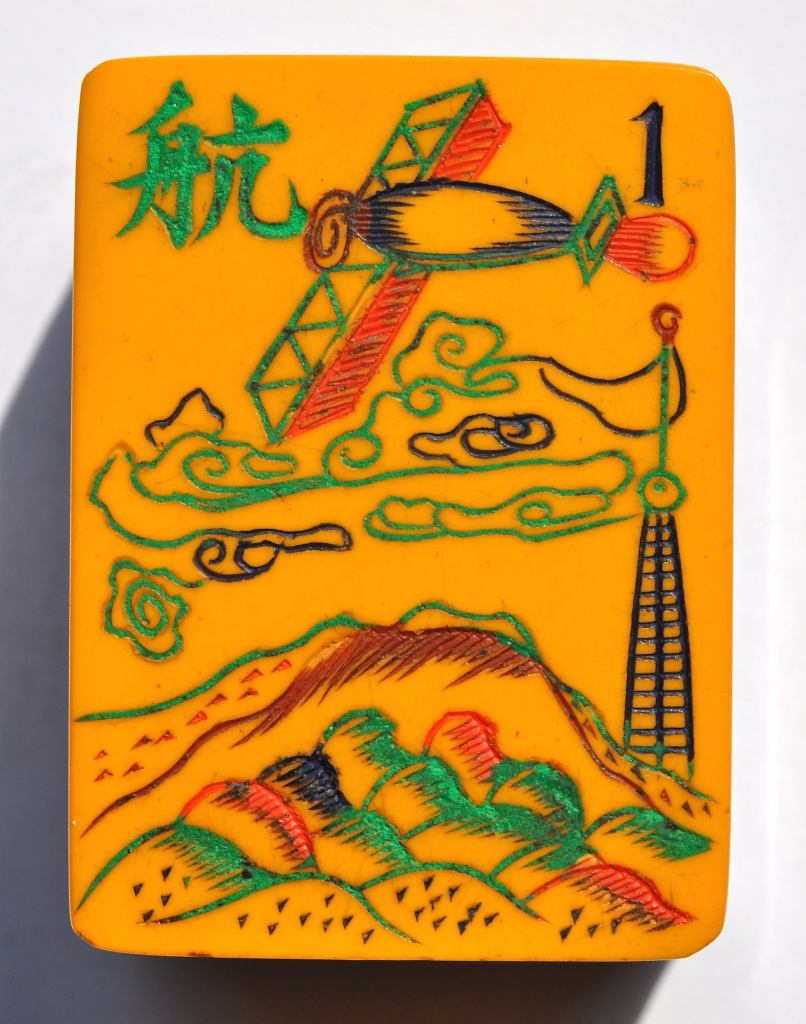
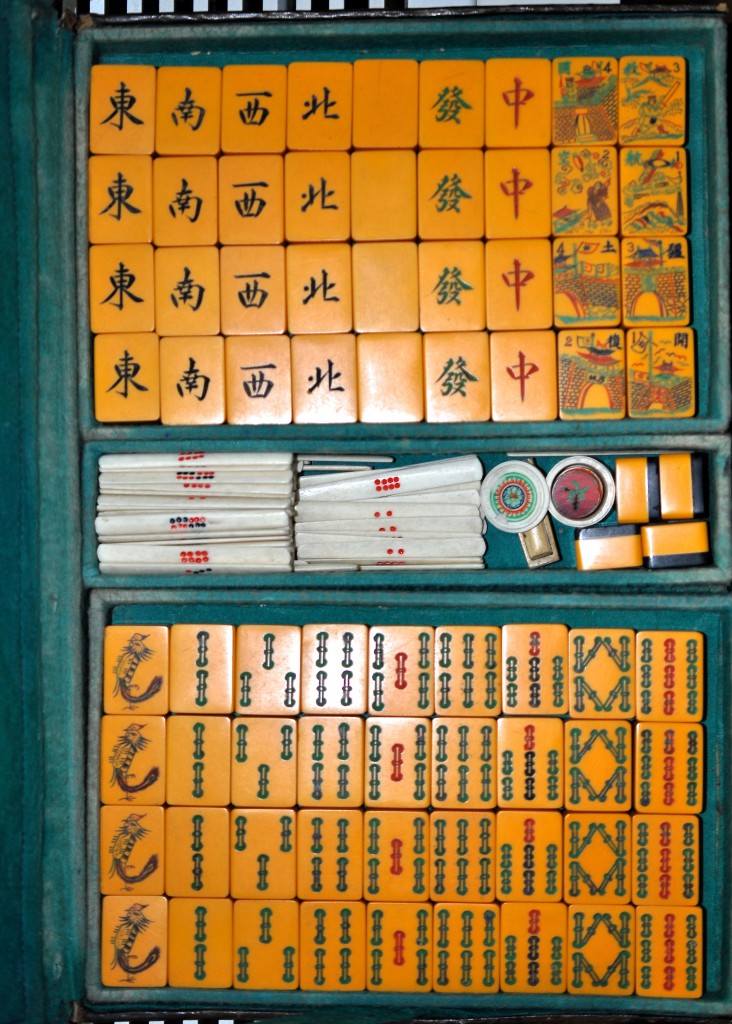
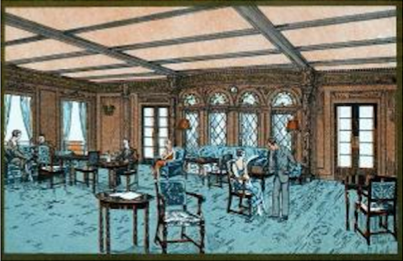
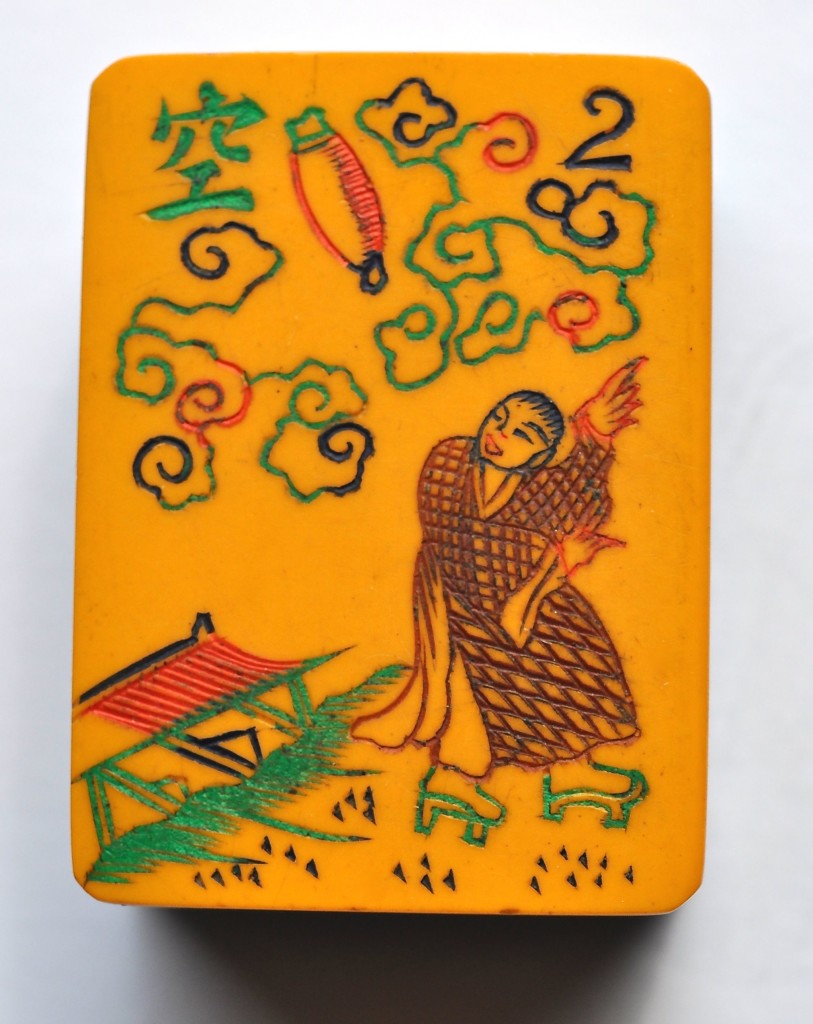
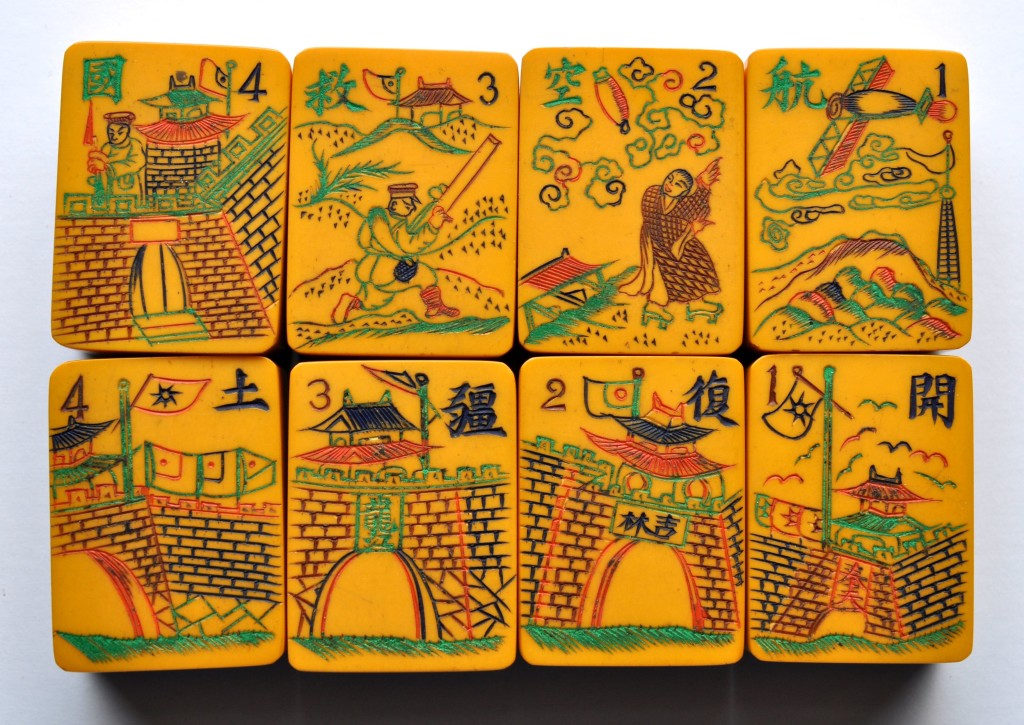
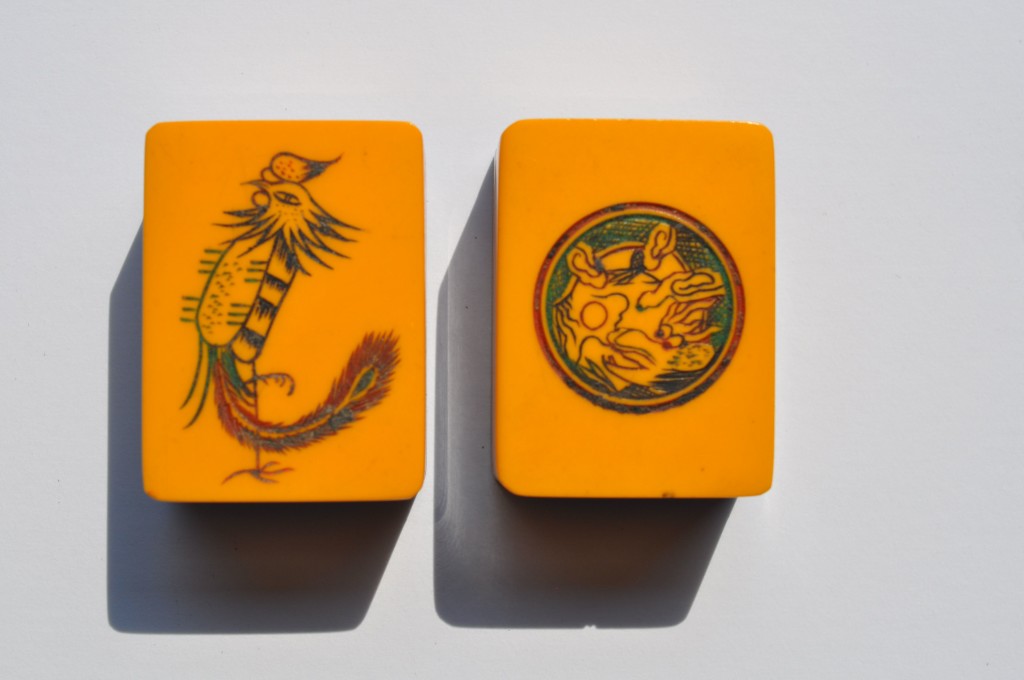
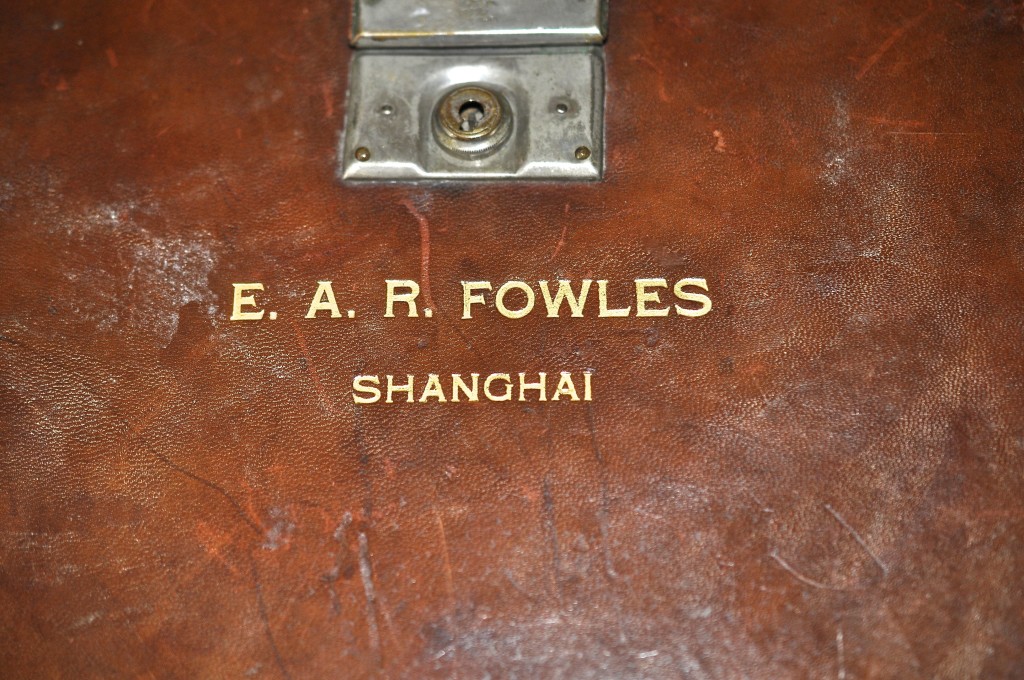
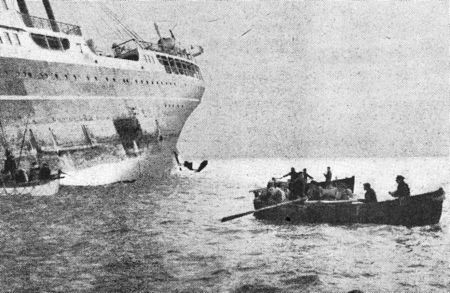
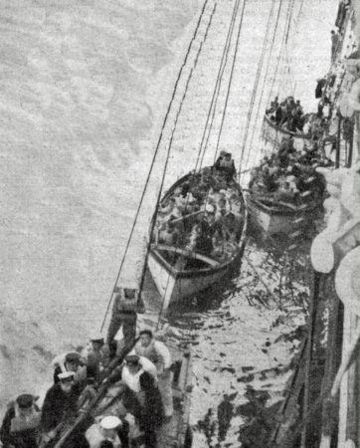


 Copyright © 2025
Copyright © 2025
I’m gone to inform my little brother, that he should also
visit this webpage on regular basis to take updated from most up-to-date news.